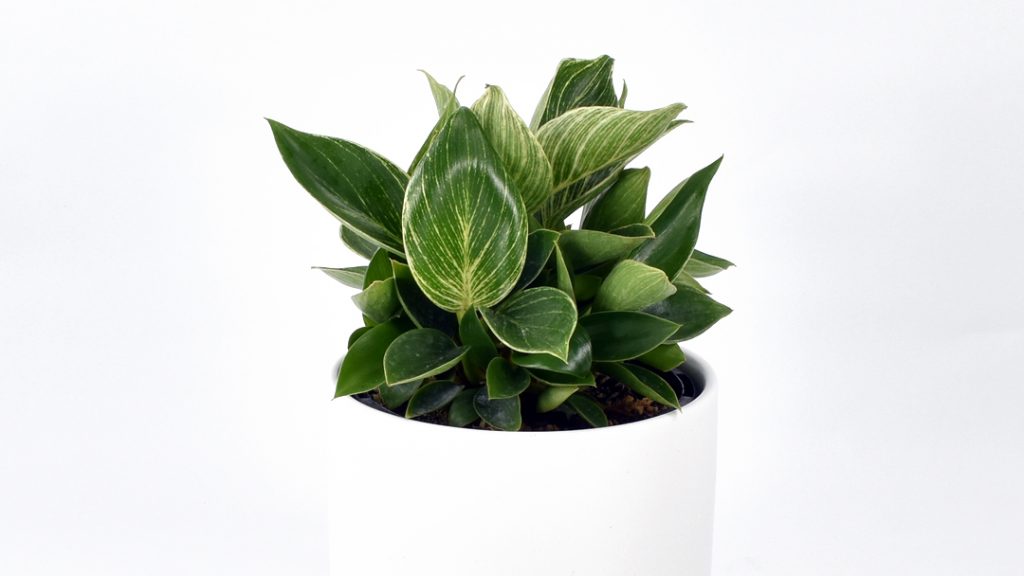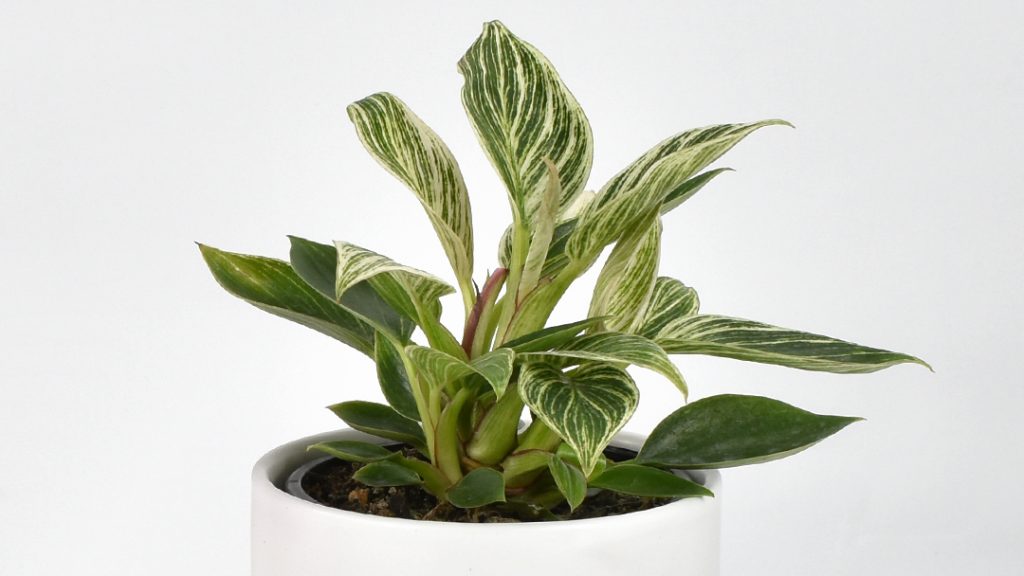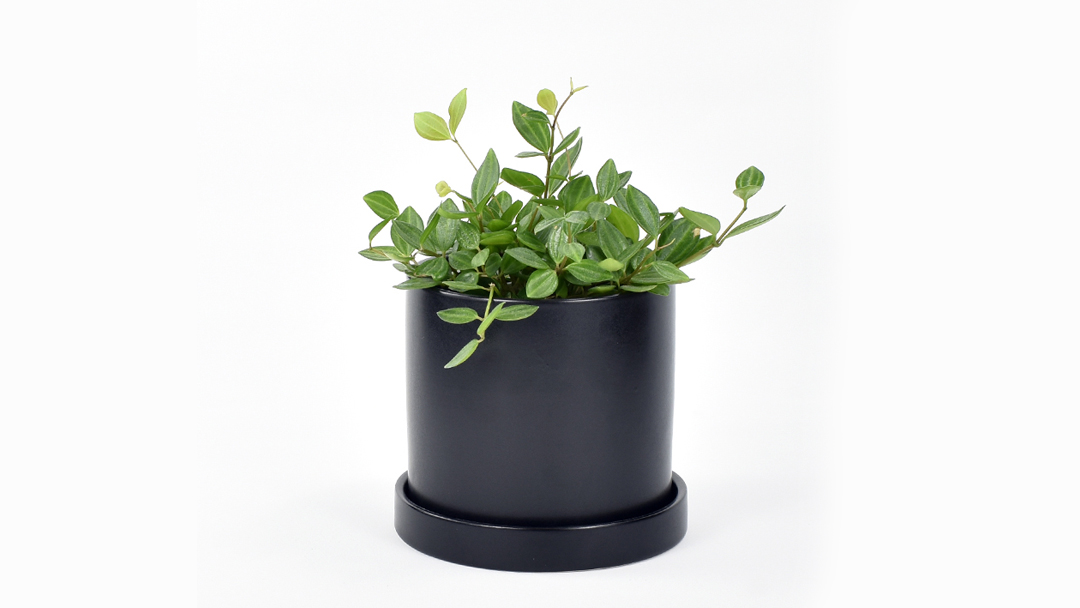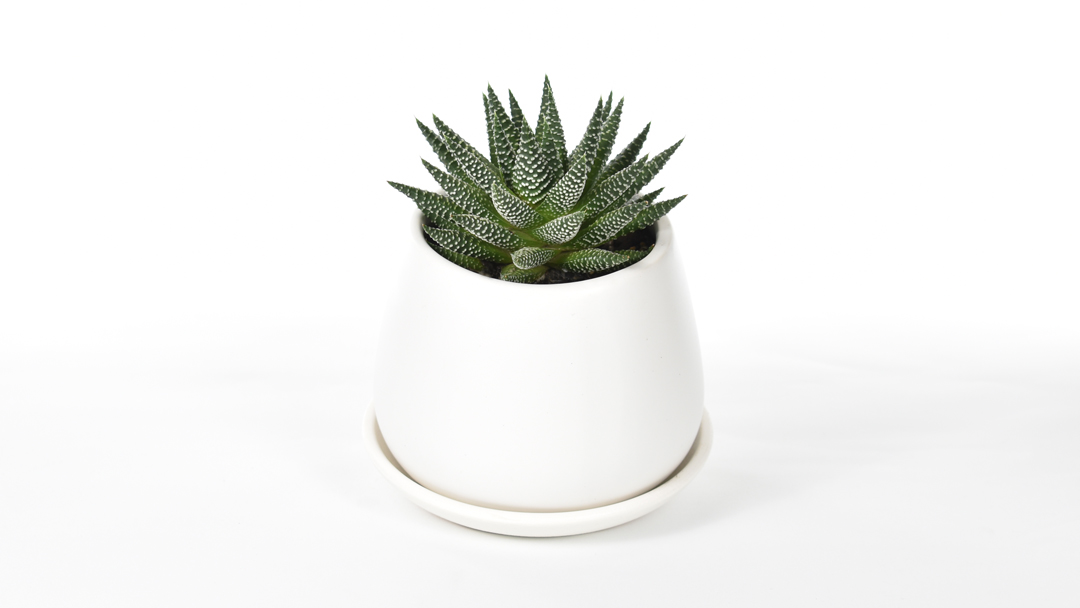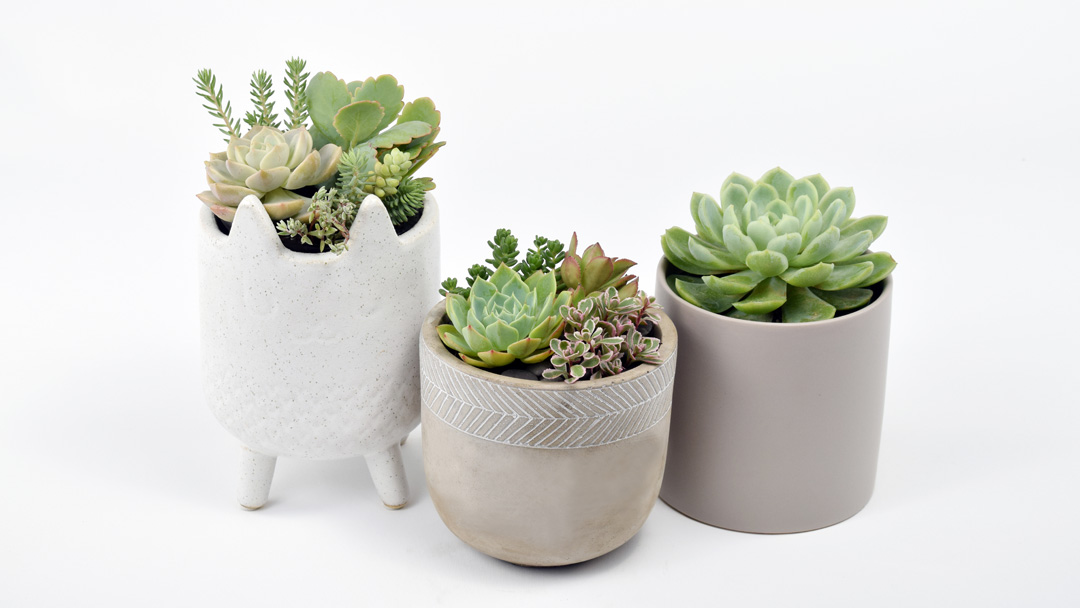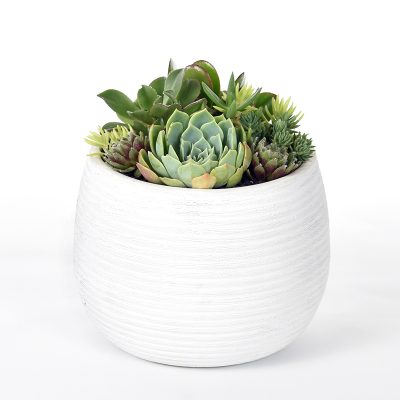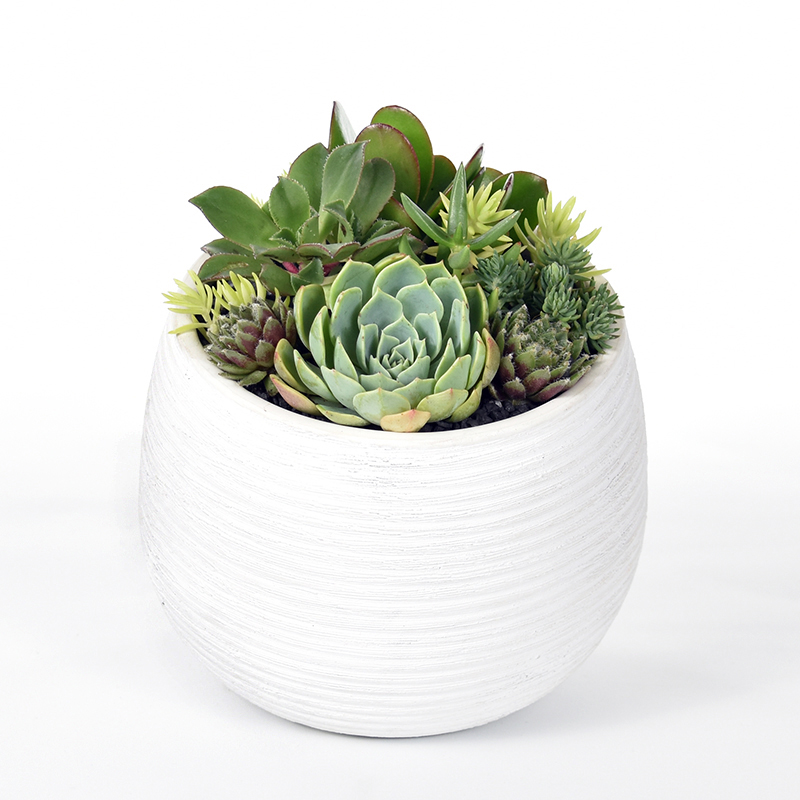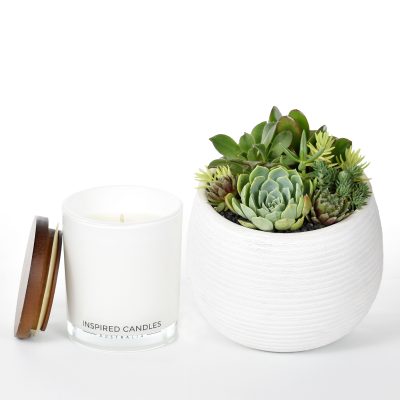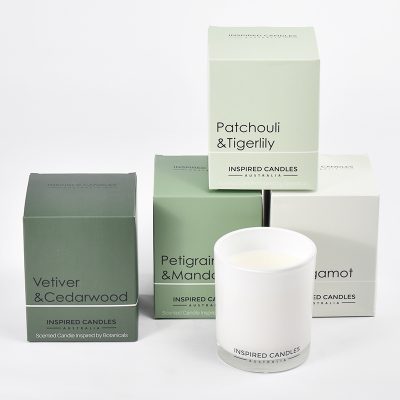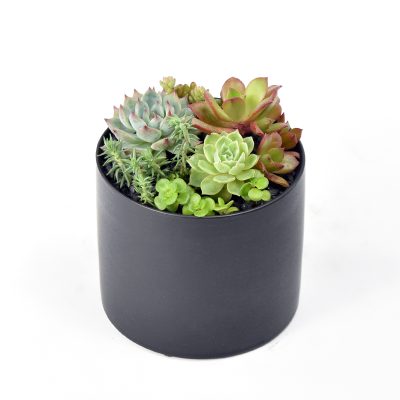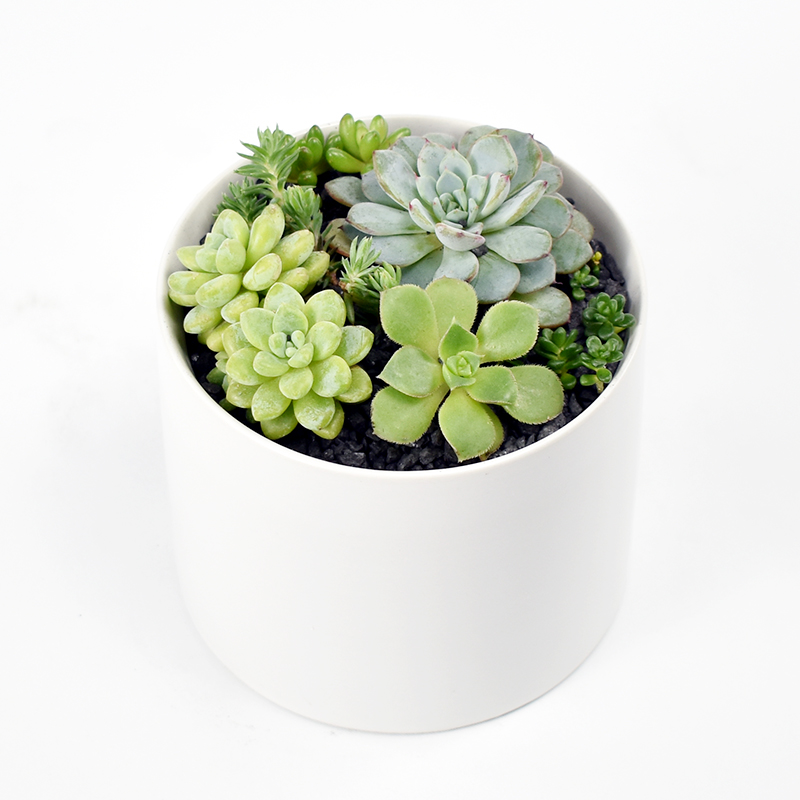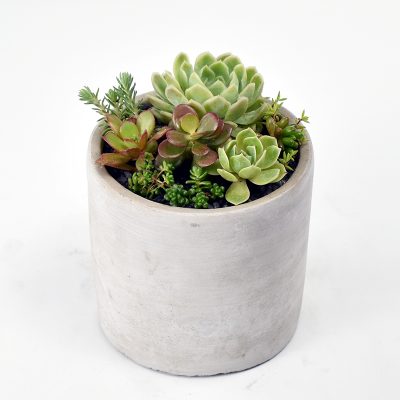This stunning plant has striking creamy white pinstripes on some of it’s dark green leaves and is one of the easiest indoor plants to grow and care for, making it a perfect plant for beginners.
The Philodendron Birkin is part of a large genus of plants in the Araceae family and originate from the rainforests of Brazil and Paraguay. The name Philodendron comes from the Greek word phileo meaning ‘love of friends’ and dendron meaning ‘tree’
Philodendron Birkin Care Guide
Name: Philodendron Birkin
Origin: Hybrid – Philodendrons generally descend from south American rainforests. The theory is that the Philodendron Birkin came to be via a spontaneous mutation of the Philodendron Rojo Congo. As a juvenile plant it typically displays dark green foliage and as it matures the creamy white variegation starts to show through more and more with each new leaf.
Light: This species will thrive in a moderate to brightly lit spot and as a rule, no further than 1 metre from a window, however,you should never expose this plant to direct sun rays as it can burn the leaves. If it’s not receiving enough light your plant will become leggy, droopy and gradually lose its creamy white variegation. Another tip is to rotate your Birkin 180 degrees every month or so as it will naturally grow towards the light/window and therefore lean towards one side. This will help to promote more upright growth.
Water: The Birkin prefers the soil to partly dry out between watering. The best way to test this is when the top 2-3 inches of spoil become dry to the touch. Take the plant in the growers pot out and water thoroughly allowing the water to drain completely before placing it back into the ceramic pot. The roots don’t like to be left wet.
Humidity: Philodendrons come from wet jungles so appreciate higher levels of moisture in the air. They will adjust quite well to lower levels of humidity but if you notice the leaves starting to look a bit crispy and brown you could either lightly mist the leaves 2-3 times a week or place a humidifier near the plant.
Fertiliser: A monthly dose of a liquid or granular houseplant fertiliser during spring and summer will be sufficient. We recommend using it at half the strength to avoid possible fertiliser burn on the leaves.
Re-potting: In order to know when it’s time to re-pot your philodendron check to see if there are any roots starting to come out of the bottom holes of the growers pot or if the plant hasn’t grown/produced new leaves in 2 seasons. The most important thing to remember is to not re-pot your plant in to a pot any larger than 5cm than the current pot and use a good quality indoor plant potting mix. Re-potting during Spring is recommended.
Toxicity: This species is considered slightly toxic when ingested by humans, dogs and cats
